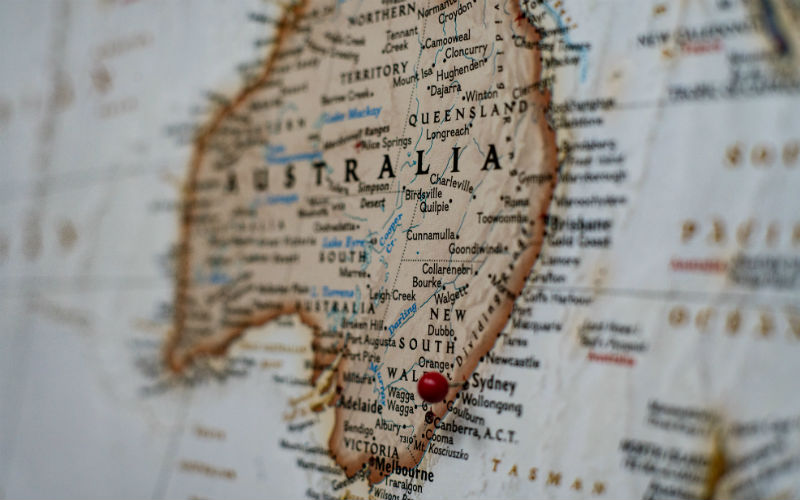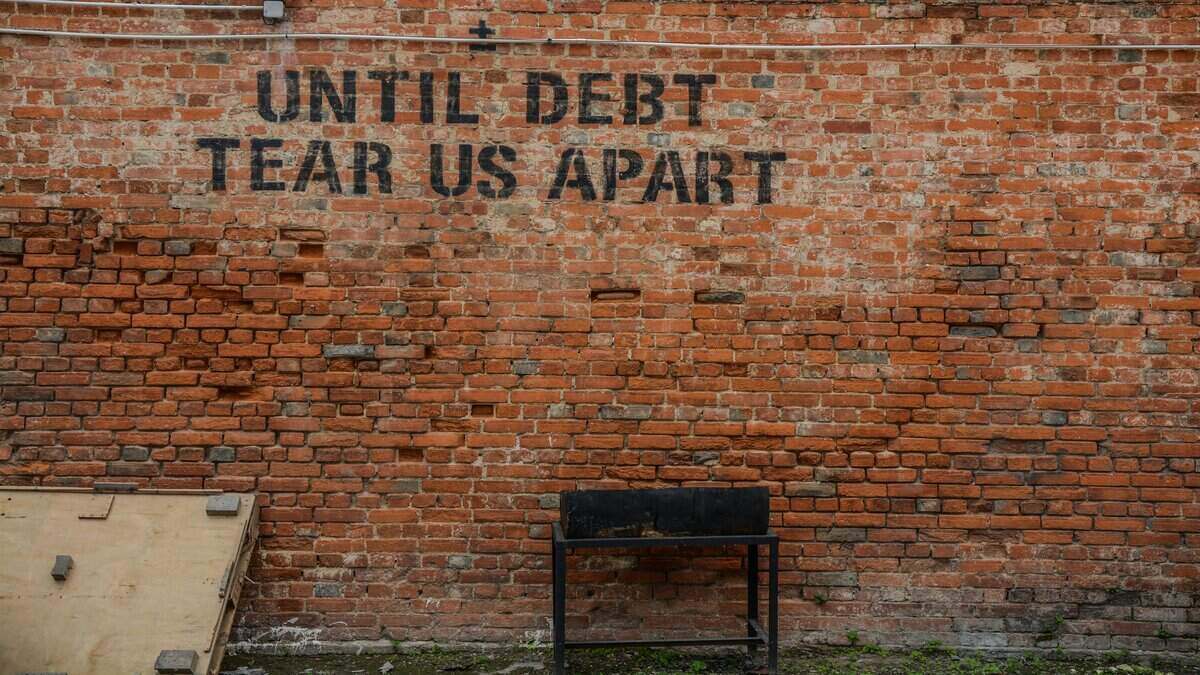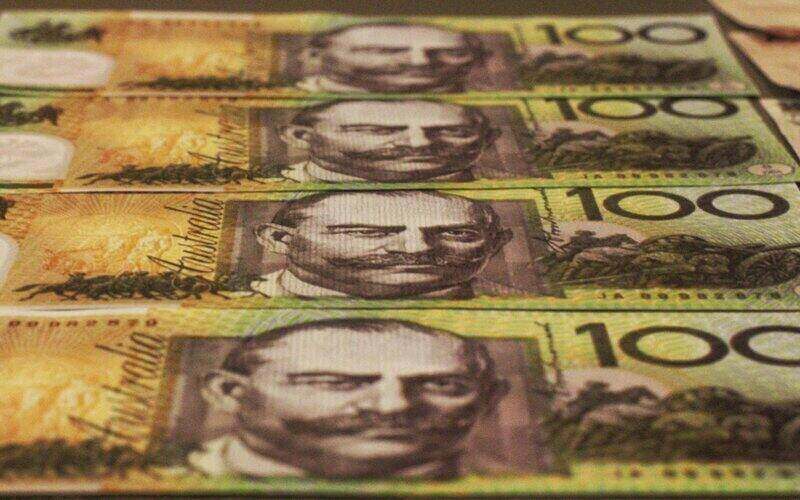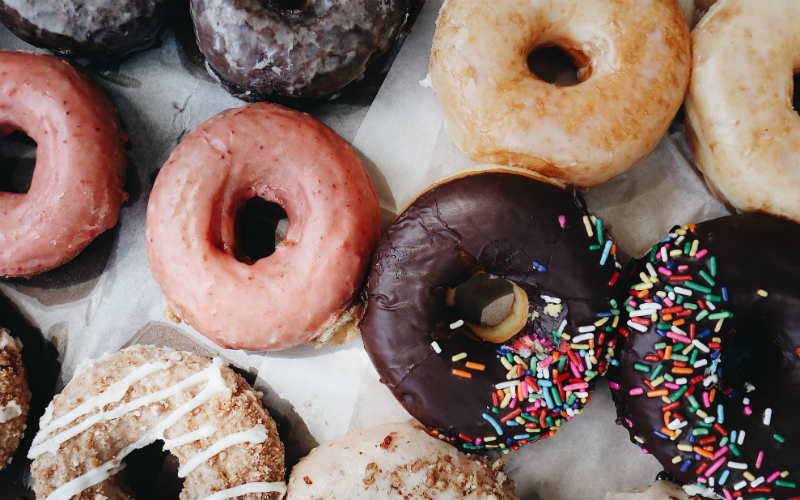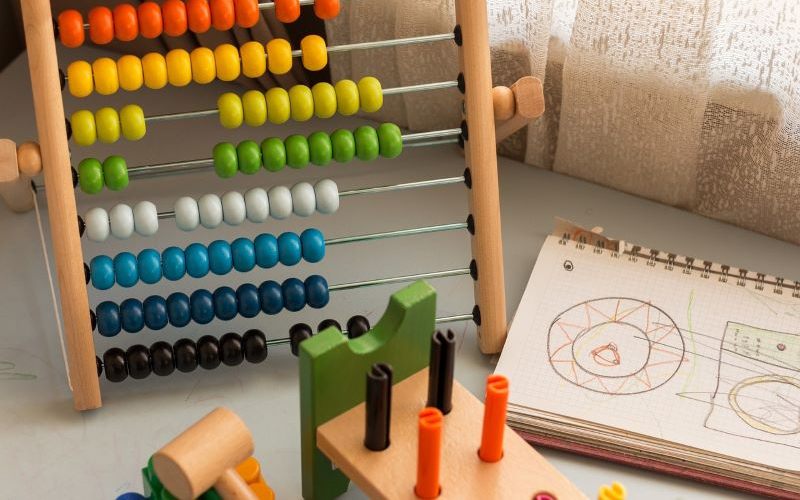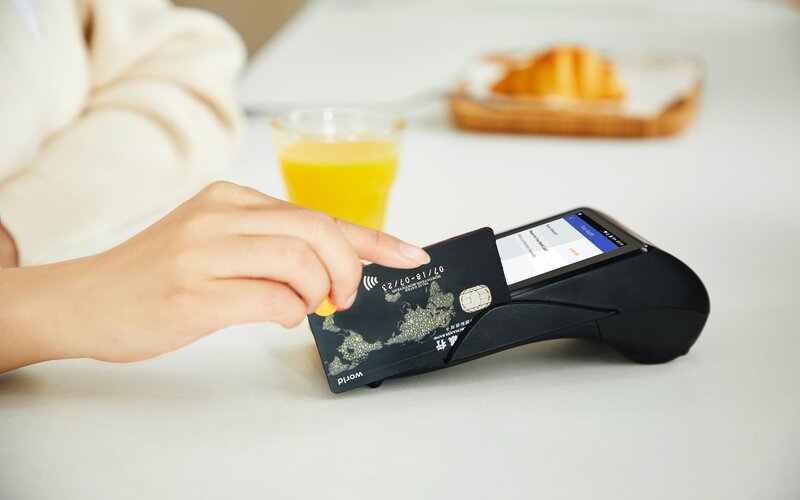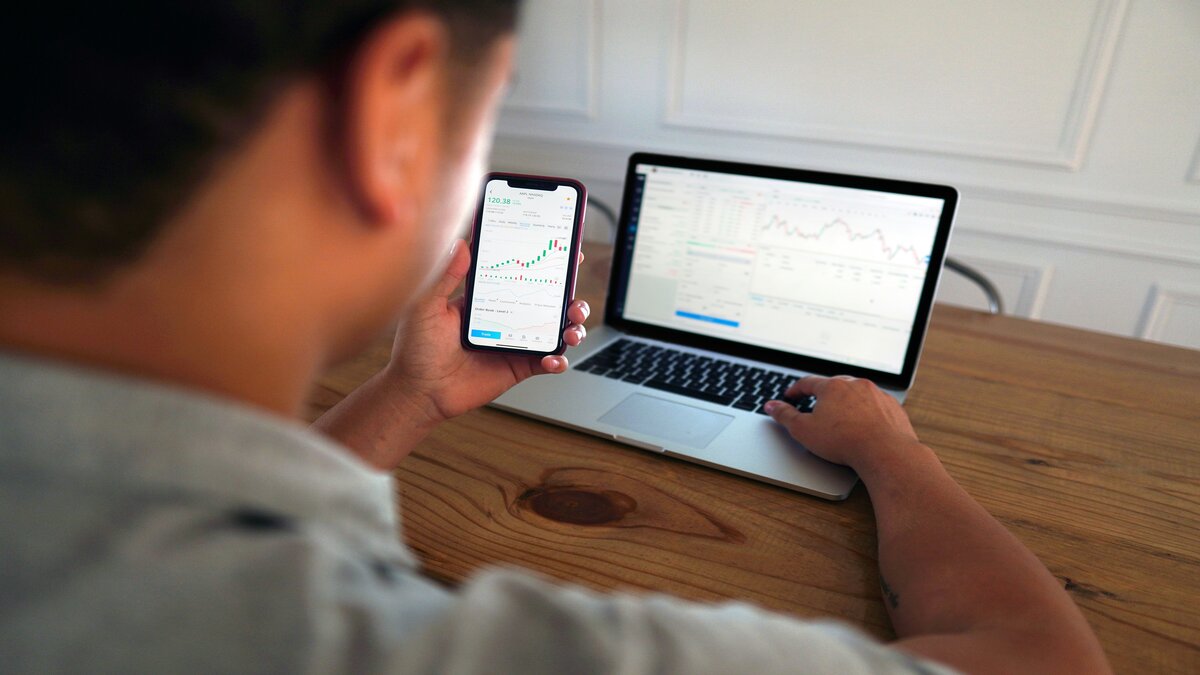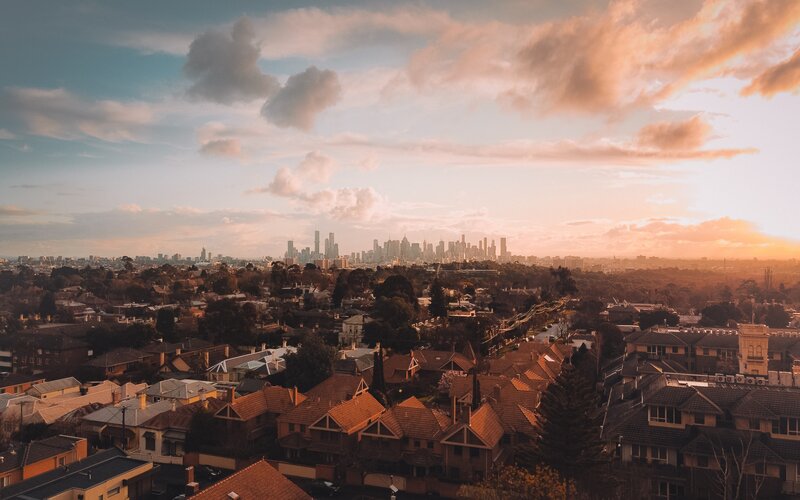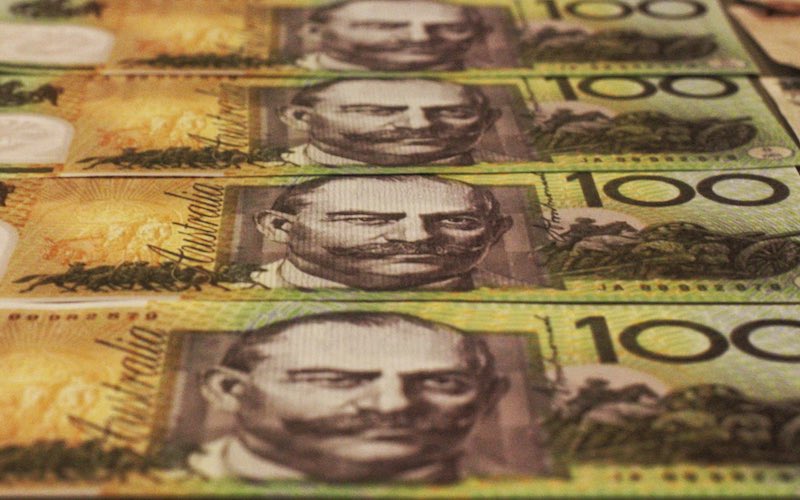Headline inflation was 0.9% through the quarter and 2.4% over the year to March, slightly above expectation.
Trimmed mean inflation, excluding volatile goods like fuel and food, was 2.9% annually.
For anxious mortgagees, the latter number will likely be more significant to the RBA - it's the first time since 2021 that the annual underlying inflation has been below 3%.
There's still just under three weeks to go until the May monetary policy decision, but it would now be a huge surprise if there is not a cut of at least 0.25% when the RBA convene on May 20.
As of 29 April, 62% of cash rate futures traders are expecting a double sized 50 bps cut.
Grocery prices still swelling?
While the macro picture on inflation is a positive one, most of Australia would be able to tell you that plenty of shopping continues to get more expensive.
The price of food and non-alcoholic beverages rose 1.2% through the quarter, with fruit and vegetables 2.8% more expensive compared to the start of the year.
Per our Grocery Price Index, the cost of groceries was still more than 5% higher in March '25 compared to '24, although this was down from more than 7% in January and February.
Egg prices, among the most notorious risers of recent times, were 9.6% higher in March than the same time last year.
The ABS has annualised egg-flation pinned at 12.4%, which has ramped up in recent months from 8% in March 2024.
Coffee was nearly 50% more expensive at both Coles and Woolies, while chicken and lamb have both seen double digit percentage increases.
A weaker coffee yield in South America - which produces a lot of the world's Arabica beans - due to changing weather patterns could be the culprit for the brown bean juice price rises.
Service inflation mediating?
In about mid-2023, service price inflation overtook that of goods, previously the main driver.
The year to December 2022 saw goods prices go up by nearly 10%, but that number has been declining ever since as the Covid related supply chain issues began to resolve themselves.
Service price inflation however, while only peaking at 6.3% (the year to July 2023) has proven more persistent, driven by domestic demand rather than supply issues.
After almost two years with the cash rate above 4% though, service inflation has slowly started to moderate.
As of March, services cost on average 3.7% more than the same time last year - the first time since June 2022 annual service price inflation has been below 4%.
Rent and insurance, both of which have seen costs spiral over the past couple of years, are seeing inflation moderate.
The cost of rent has gone up on average by about 5.5% since March 2024, the lowest annual rate since early 2023.
Insurance meanwhile is 7.65% more expensive than this time last year, admittedly still a big jump, but since March 2023 this annual rate has been above 10%.
Much of the inflation fight remains on Aussie shores - non-tradables inflation (i.e. things we don't trade with international partners) rose 3.2% over the past 12 months, while tradables rose just 0.9%.
No respite for Australia's smokers
From March 2024 to March 2025, the spending category where prices increased the most was alcohol and tobacco, a 6.5% annual inflation rate.
For Australia's smokers, this will come as little surprise, after the additional annual 5% excise on tobacco began in September 2023.
The extra tax has seen the black market tobacco industry boom, the escalating tobacco wars in Victoria an even clearer indication of this than the $6.9 billion decrease in excise revenue projected from 24/25 to 28/29 in the most recent federal budget.
A double sized RBA cut?
It's near certain that underlying inflation finally hitting the target range will be referenced and celebrated by Governor Michele Bullock when she fronts media in just under three weeks' time after the May RBA meeting.
The majority of the market, as well as several economists including NAB's Taylor Nugent, think she will be doing so after a 0.50% cut, the biggest loosening of monetary policy since early 2009 during the response to the Global Financial Crisis.
Trimmed mean inflation was slightly higher than NAB's forecast, but Mr Nugent said the "deterioration in the global backdrop" means the May decision will be less sensitive to the CPI than previous RBA meetings.
"Our base case is that the RBA will deliver a 50bp cut to take policy more quickly toward neutral, though note that exceptionally elevated uncertainty in the global backdrop means forecasts are subject to larger-than-usual error bands," Mr Nugent said.
The 'Liberation Day' tariffs (and the subsequent volatility in bond and equity markets) were announced on 2 April, after the period captured by this latest CPI.
However, Michele Bullock has suggested the RBA may not be hitting the panic button in response.
"We're not seeing the same degree of impact as previous market events like in 2008 for example," she said in an April 10 speech.
"The Australian financial system is strong and well placed to absorb shocks from abroad."
Picture from Yoco Photography on Unsplash

Ready, Set, Buy!
Learn everything you need to know about buying property – from choosing the right property and home loan, to the purchasing process, tips to save money and more!
With bonus Q&A sheet and Crossword!



 Hanan Dervisevic
Hanan Dervisevic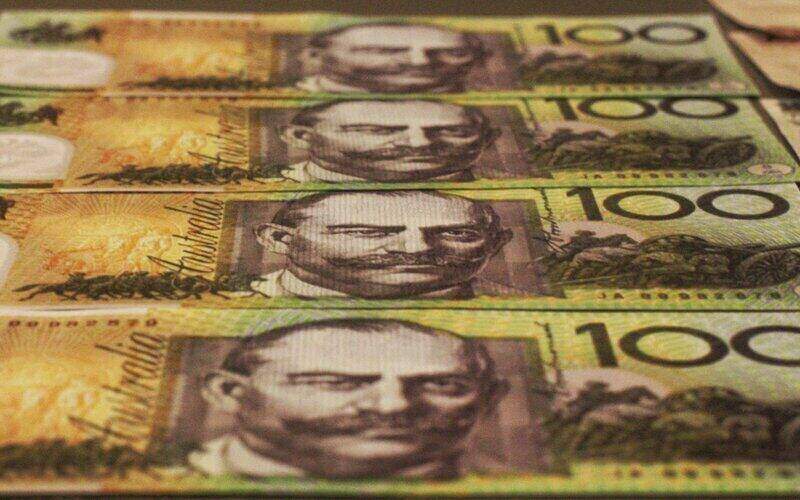
 Brooke Cooper
Brooke Cooper